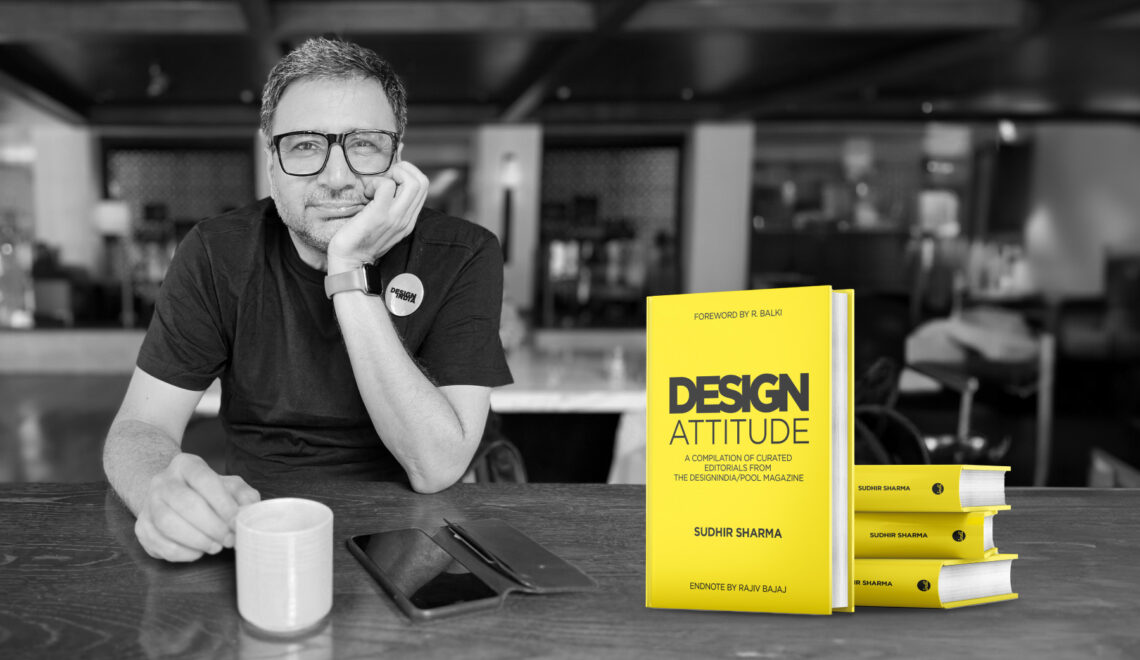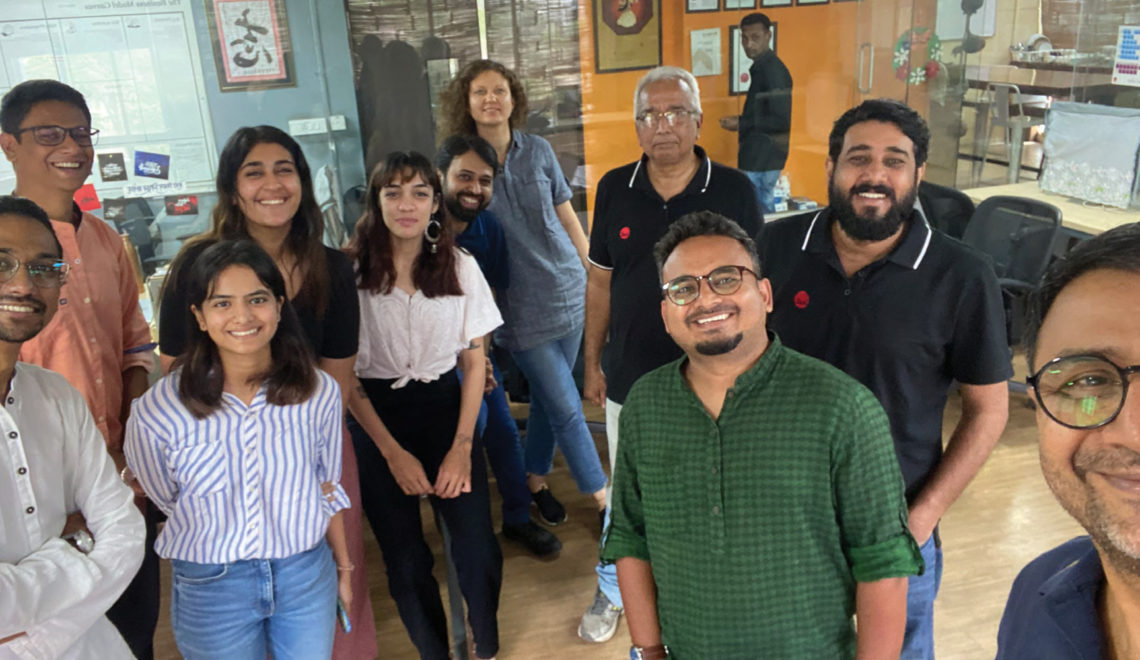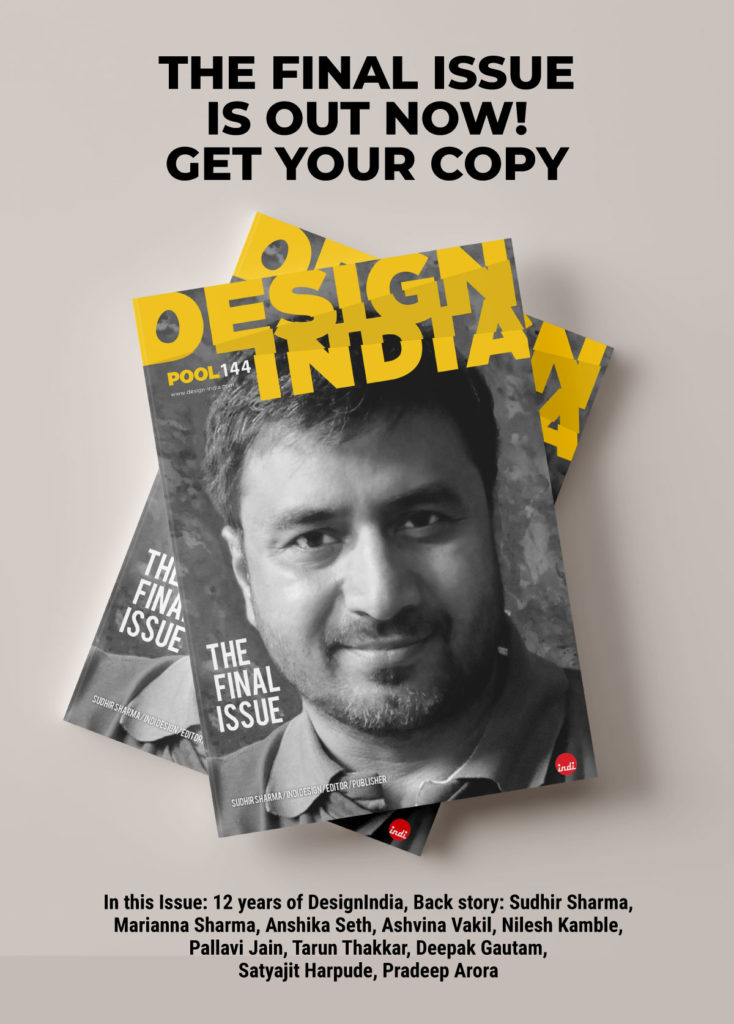Any discussion about the relevance of design today goes back to the basics – Needs vs. Desires.
For a very long time greed has been moving designers to create desires, increase sales and add to profit margins. This wasn’t always bad…it brought jobs to many people, but it also served only a select fewer who could afford to pay for that extra differentiation and luxury.
Classic design teachers have always insisted on design being an activity of problem solving. This has been a fundamental difference between designers in developed countries and those in developing countries (also named ’emerging markets’ – another way to see development from a consumerism point of view). Thanks to COVID 19, we are back to square one. Design needs to go back to serving the needs of people rather than their desires. While desire factories will not stop producing, people will take time to get back to being indulgent again.
Needs are basic and must be met for our survival. Desire is something that brings us subjective value. Needs are necessary for survival; desire is not. Needs are mandatory to live; desires have been considered as sources of sorrow for human beings. Needs and survival define our priorities for now and that is where our role as designers comes to play. If we are working in the need sector of design, we will be relevant and we do not have anything to worry about.
It is time to repurpose your skills and tools; redirect them to work for purposes that solve survival issues and you will stay relevant. Design and solutions towards essential objects, products and services have a great demand and will remain relevant. Design in technology, media, and logistics is a new survival need. Designers in many borderline fields of needs and desires will require to become more creative and showcase their relevance.
For some time, till economies around the world gain their senses, and people start trusting other people and offerings, brands will have to stand up to their names; experimentation and forays into new fields may not be accepted readily. Brands will be trusted more than ever, but they will also be expected to come clean on that trust. Their promises will need to be tangible and not just superficial. Industries such as hospitality, FMCG, aviation, and e-commerce will have to focus on delivering promises, maybe strip off their frivolousness and become more need-fulfilling. In fact, for some time, stoking of desires might be seen as negative, and products and services will have to tone down their pitch. Marketing has to become sensitive to the noise and sentiments around.
Our world stands disrupted, but as designers we become more relevant now.
Sudhir Sharma, Editor-in-Chief
Get your print copy of Designindia 117 from Indipool Shop or get FREE digital version on Magzter, AppStore or Google Play right away!


















